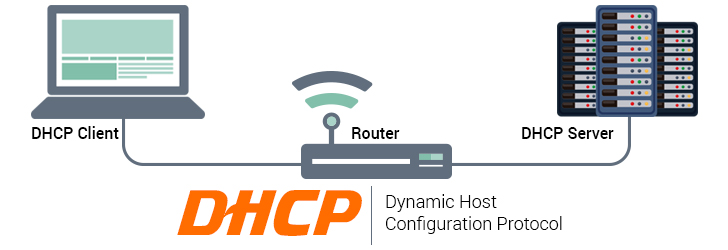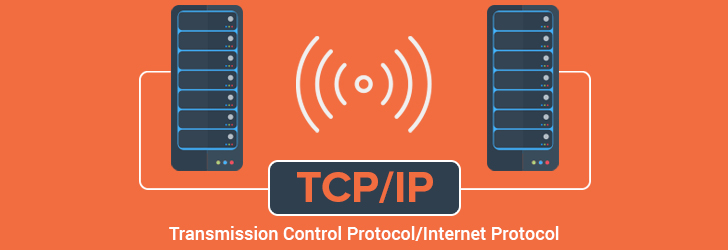
Do you have a dead zone in your home with no wireless signal? You're not alone. With a proliferation of laptops, smartphones, tablets, and smart TVs; we use more Internet than ever, and your router alone may not be able to cover your entire home. You may even have a range extender or an access point that complements your home network, but having multiple networks within your home may cause your smart devices to hop on and off a separate network causing delays and interruptions.









